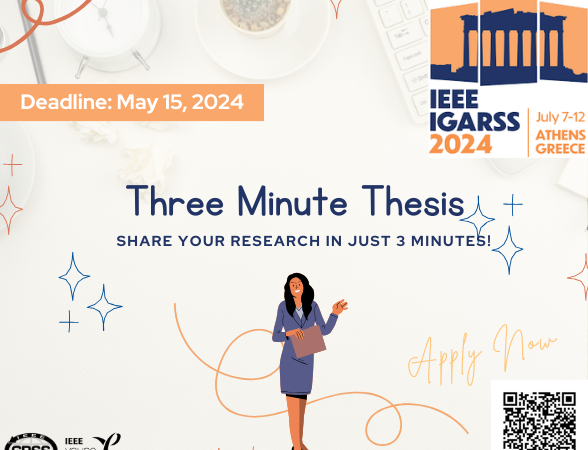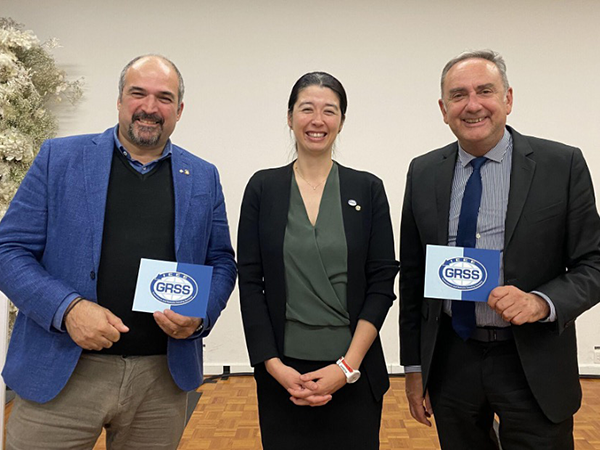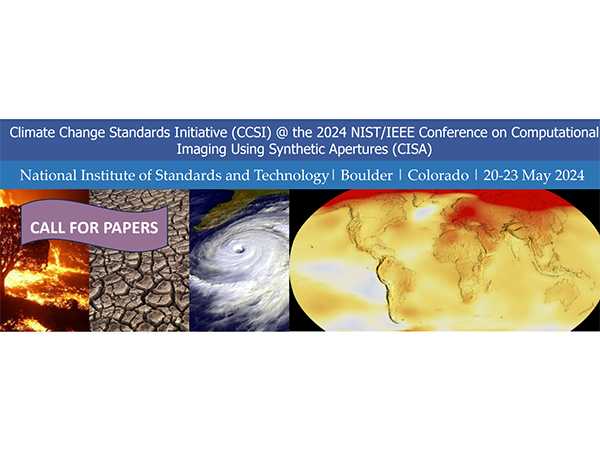Thursday, October 15, 2020
7PM UTC
3PM US Eastern Time
Speaker: Prof. Alejandro C. Frery, Victoria University of Wellington, New Zealand
Sponsored by GRSS

Statistical Information Theory and Geometry for SAR
Statistics has a prominent role in SAR – Synthetic Aperture Radar image processing and analysis. More often than not, these data cannot be described by the usual additive Gaussian noise model. Rather than that, a multiplicative signal-dependent representation adequately models the observations. After summarizing the main distributions for both the univariate (intensity and amplitude) and multivariate (fully polarimetric) image formats, we present eight seemingly different problems, and how they can be formulated and solved in an unified manner from a statistical viewpoint using Information Theory and Information Geometry. SPEAKER’S BIO:
Alejandro C. Frery received the B.Sc. degree in electronic and electrical engineering from the Universidad de Mendoza, Mendoza, Argentina, the M.Sc. degree in applied mathematics (statistics) from the Instituto de Matemática Pura e Aplicada (IMPA), Rio de Janeiro, Brazil, and the Ph.D. degree in applied computing from the Instituto Nacional de Pesquisas Espaciais (INPE), São José dos Campos, Brazil. He is currently with the School of Mathematics and Statistics, Victoria University of Wellington, New Zealand, and holds a Huashan Scholar position (2019–2021) with the Key Lab of Intelligent Perception and Image Understanding of the Ministry of Education, Xidian University, Xi’an, China. His research interests are statistical computing and stochastic modeling.



























